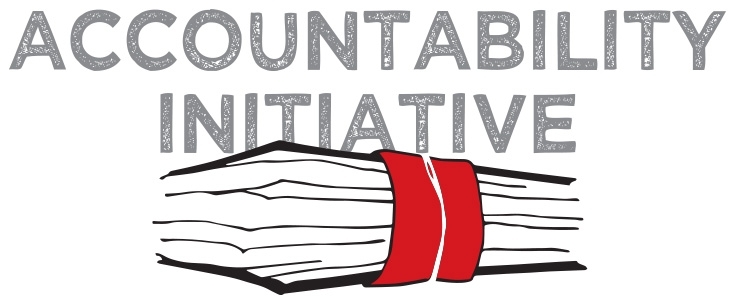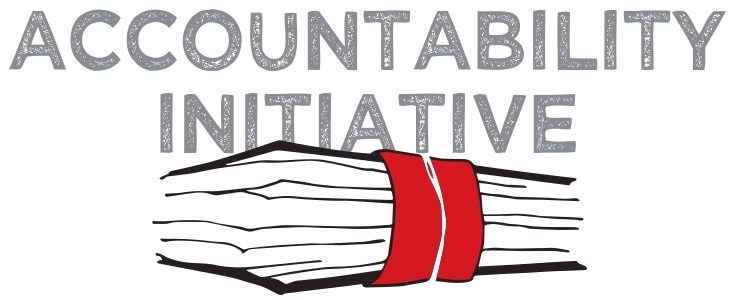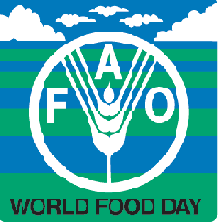In recent years, rights based people’s movements have had considerable success in gaining legal recognition for basic rights and services such as the right to education, food information etc. According to Pratap Bhanu Mehta, “The rights movement rose against the backdrop of state failure. What people are groping for is different instruments through which the Constitution’s objectives may be realized.” Summarised below are some examples of basic rights that have found legal recognition in recent years:
Right to Education
The Right of Children to Free and Compulsory Education Act (Right to Education Act (RTE) in short) was passed by Parliament in August 2009. The Act gives effect to the 86th Constitutional Amendment Act 2002 which requires the State to provide free and compulsory elementary education to all children. The RTE Act guarantees free and compulsory elementary education for all children between the ages of 6-14 years. Government schools are required to provide free and compulsory education to all children admitted while aided schools are required to provide free and compulsory to a minimum of 25% of enrolled children. Under the Act no child shall be held back in class, expelled or required to pass a board exam until his/her elementary education is complete. The physical punishment and mental harassment of children is prohibited under the law. The Act also makes provisions for schools (government and unaided) to admit at least 25% of students from SCs, STs, low-income and other disadvantaged groups. The Government has recently framed model rules for implementation of the law.
Right to Food
To combat the challenges of hunger, starvation, malnutrition and food insecurity, the Congress Party in its 2009 Election Manifesto promised to enact a “National Food Security Act” to provide 25 Kgs of rice or wheat at Rs 3 per Kg for Below Poverty Line (BPL) families. However, the draft “National Food Security Bill” has been extensively criticised – in particular for limiting the list of beneficiaries to BPL households. Right to food campaigners and activists are demanding a more comprehensive “Food Entitlements Act” which goes beyond the limited provision of 25 kgs of grain at Rs 3 Kg for BPL households. Key provisions of the proposed “Food Entitlements Act” include: a universal Public Distribution System (providing at least 35 Kgs of grain per family); special food entitlements for destitute households (including an expanded Antyodaya programme); consolidation of all entitlements created by recent Supreme Court orders (e.g. cooked mid-day meals in primary schools and universalisation of ICDS) etc.
Forest Rights Act
The Scheduled Tribes and Other Traditional Forest Dwellers (Recognition of Forest Rights) Act, 2006 was passed by Parliament in December 2006. However the Act was officially notified into force a year later in December 2007, while the Rules for the Act were notified on 1 January 2008. The Forest Rights Act (as it is popularly known) recognizes and secures the forest rights of Scheduled Tribes and other traditional forest dwelling communities and provides them with a voice in forest conservation issues. Specifically, the Act recognises three kinds of rights: (i) land rights over land that has been occupied for cultivation or residence (ii) usage rights over forest produce and traditional knowledge and (iii) legal rights to protect and conserve forests. The Forest Rights Act has been criticized by conservationists who feel the law will hasten the depletion of India’s forest cover and wildlife. There are also serious concerns about how the Act is being implemented in different parts of the country.
Right to Information
The Right to Information Act 2005 (RTI Act) was passed in 2005 following a decade long grassroots and civil society campaign. Notably, even before its enactment into law, the right to information had been recognized by the Supreme Court of India as a fundamental part of the right to freedom of speech and right to life (Articles 19 and 21 respectively) of the Constitution. The RTI Act sets out practical regime for citizens in India to access information held by the government. It guarantees a legally enforceable right to information to all citizens places a corresponding duty on the government to provide information proactively and on request. The Act covers the whole country (with the exception of Jammu and Kashmir) and extends to all branches of the government. The legislation spells out a detailed administrative structure to facilitate citizen’s access to information including provisions for the setting up of Information Commissions to handle appeals and complaints.








